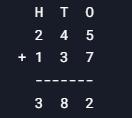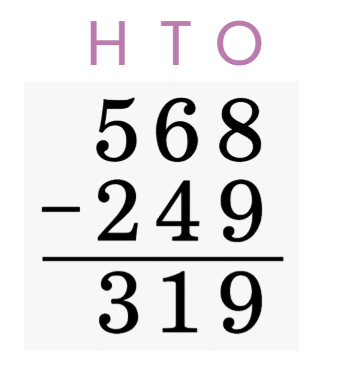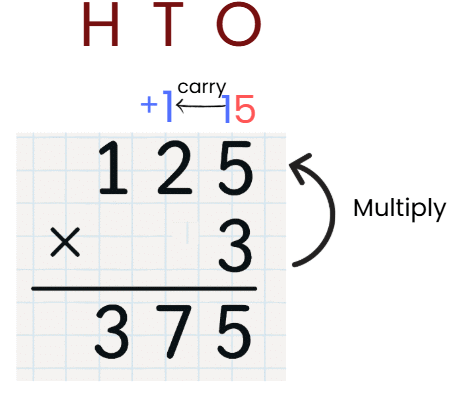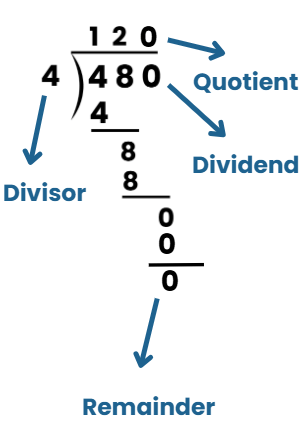Everyday Mathematics: Computation Operations | Math Olympiad for Class 2 PDF Download
Q1. A shop has 245 candies, and 137 more are added. How many candies are there now?
(a) 372
(b) 382
(c) 362
(d) 392
Ans: (b) 382
Q2. A boy had 568 marbles, and he gave away 249. How many marbles does he have left?
(a) 329
(b) 319
(c) 339
(d) 309
Ans: (b) 319
Q3. A girl buys 3 packs of balloons, with 125 balloons in each pack. How many balloons does she have?
(a) 365
(b) 375
(c) 385
(d) 395
Ans: (b) 375
Q4. A teacher has 480 stickers to share equally among 4 classes. How many stickers does each class get?
(a) 110
(b) 120
(c) 130
(d) 140
Ans: (b) 120
Q5. A park has 356 trees, and 178 more are planted. How many trees are there now?
(a) 524
(b) 534
(c) 544
(d) 554
Ans: (b) 534
Add the new trees to the original number: 356 + 178 = 534.
Q6. A store sells 672 toys in a month, and 345 are sold in the next month. How many toys are sold in total?
(a) 1,007
(b) 1,017
(c) 1,027
(d) 1,037
Ans: (c) 1,027
Add the toys sold in both months: 672 + 345 = 1,027.
Q7. A book has 293 pages, and a child reads 156 pages. How many pages are left to read?
(a) 127
(b) 137
(c) 147
(d) 157
Ans: (b) 137
Subtract the pages read from the total: 293 - 156 = 137.
Q8. A farmer has 5 baskets, each with 108 apples. How many apples does he have in total?
(a) 530
(b) 540
(c) 550
(d) 560
Ans: (b) 540
Multiply the apples per basket by the number of baskets: 108 × 5 = 540.
Q9. A class collects 756 bottle caps and shares them equally among 3 groups. How many caps does each group get?
(a) 242
(b) 252
(c) 262
(d) 272
Ans: (b) 252
Divide the total bottle caps by the number of groups: 756 ÷ 3 = 252.
Q10. A zoo has 419 visitors on Saturday and 283 on Sunday. How many visitors came in total?
(a) 692
(b) 702
(c) 712
(d) 722
Ans: (b) 702
Add the visitors from both days: 419 + 283 = 702.
|
32 videos|79 docs|77 tests
|
FAQs on Everyday Mathematics: Computation Operations - Math Olympiad for Class 2
| 1. What are the basic computation operations covered in Class 2? |  |
| 2. How can I help my child practice computation operations at home? |  |
| 3. What strategies can be used to teach addition and subtraction in Class 2? |  |
| 4. Why is it important to learn multiplication and division in Class 2? |  |
| 5. What are some common mistakes students make while performing computation operations? |  |




















